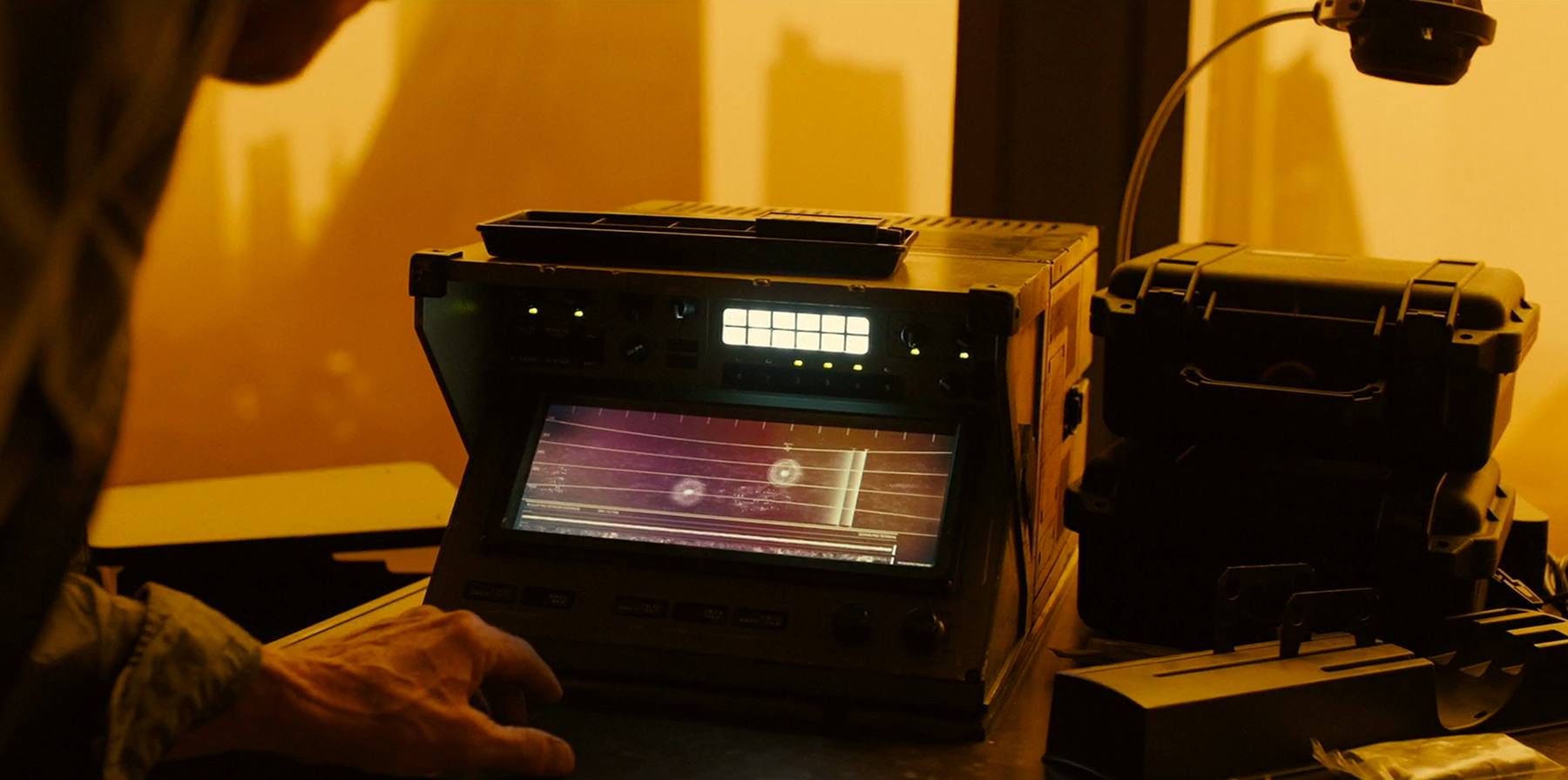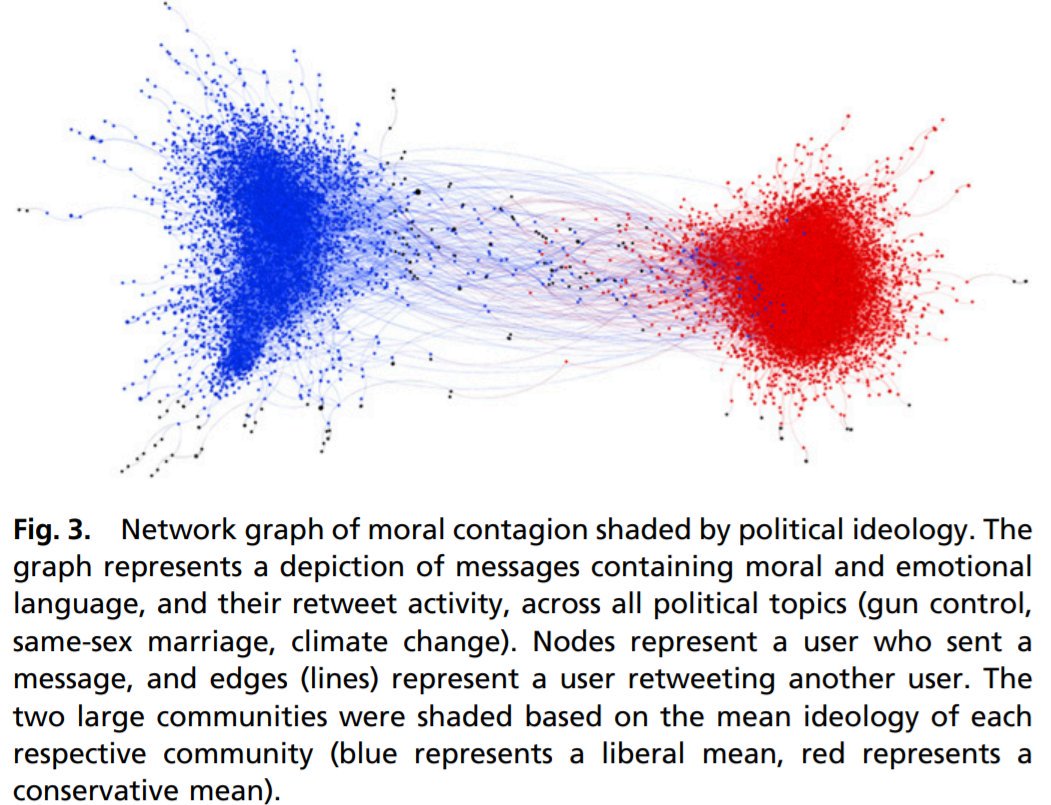Butt-hurt Nerds
Why did Apple let a few YouTubers scoop the first iPhone X reviews?:
Apple’s iPhone X — its most anticipated new phone in a very long time — goes on sale this Friday, Nov. 3.
So sometime this week, as usual, you’ll be able to read and watch a bunch of serious-sounding reviews, as Professional Gadget Reviewers critique everything from bezels to battery life.
But Apple did something different this year. It invited a handful of YouTubers you probably haven’t heard of to its fancy penthouse in New York, gave them some early hands-on time with the iPhone X, and let them publish their videos a day or more in advance of the official reviews. (It also let Wired/Backchannel’s Steven Levy write a “first first impression of the iPhone X” post because Steven Levy. It also gave one to Axios co-founder Mike Allen, who had his nephew play with it. And Mindy Kaling for Glamour. And The Ellen Show.)
These videos, published by channels including Booredatwork.com, UrAvgConsumer, Soldier Knows Best, and sneaker/streetwear blog HighSnobiety, are a little braggy, mostly positive (“man, it’s pretty good!”) and don’t feel like gadget reviews at all. For many of us, they won’t replace the utility of more sophisticated reviews, which are supposed to tell us whether the iPhone X is worth our $1,000. They’re not great videos, frankly.
I love that the nerds are butt-hurt that Apple gave the scoop to some “YouTubers” instead of the established tech sites.
Daring Fireball’s John Gruber laid the sarcasm on thick when he posted links this morning to all the YouTuber reviews (here, here, and here).
Admittedly, the YouTuber reviews are shitty, but I like seeing peeps in tech community throw their temper tantrums.
Relax, nerds. The legit reviews will be out soon enough.


